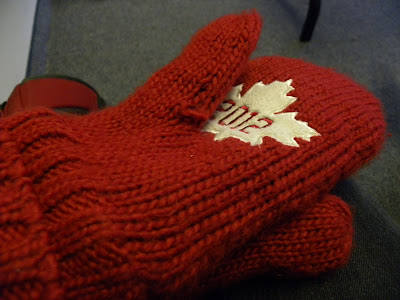AGRICULTURE DAY!
We met up with Robin of Roots and Shoots farm in Manotick just outside of the city. This location is prime to get local product to market without using excess resources (Azadi et al., 2011). From the farm the produce gets sold at weekend markets and directly to the community through his CSA.
We were his farm hands for the morning.
He took us on a little tour first though.
Spinach growing in a greenhouse he bought used on Kijiji. He rotates what crops are grown in the greenhouse ending the season with winter lettuces and greens.
Harvested squash.
The van I see parked at Carleton during the Sunday market at Brewer Park.
The class is standing behind the converted cold room for storage/ kitchen for the interns. On the right side is a system of sinks (bathtubs) for washing before sorting the produce into bins.
He cut costs by purchasing used farm equipment designed for small farms.
We walked into the fields as he explained what permaculture practices he adopted and sets us straight to work on the carrots and beets.
Connor, Taylor and Melissa, carrot-picker extraordinaires.
Zoomed in. Whatta gem.
The afternoon was spent in a compost facility where all City of Ottawa greenbox waste is sent.
I felt just like Wall E from the clip below. Except with steam and rain and flies.
We were given a tour of the facility with 6 compost tunnels covering 50 acres where 60 trucks a day deliver Ottawa's compost waste. The tunnels are kept at 55 C for 5 -15 days to kill pathogens.
He said in the winter it snows inside, I can't even imagine the horror.
But it was a learning experience. I learnt that I want to farm and never ever go to a dump or compost facility again. I learn something new everyday (especially Friday's). <3
AZADI, H., S. SCHOONBEEK, H. MAHMOUDI, B. DERUDDER, P. DE MAEYER & F. WITLOX (2011) “Organic agriculture and sustainable food production system: Main potentials”. Agriculture, Ecosystems & Environment. Vol. 144 (1), pp. 92-94.
Tilman, D., Balzer, C., Hill, J., & Befort, B. L. (2011). Global food demand and the sustainable intensification of agriculture. Proceedings of the National Academy of Sciences of the United States of America, 108(50), 20260–20264.

































